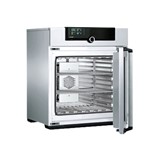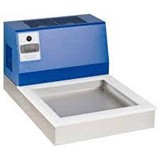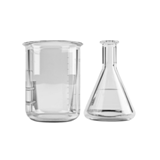Its clinical verification is designed by auscultation method as a standard and statistical method. In modern indirect blood pressure measurement method, it is divided into auscultatory method (Auscultatory). Method) and Oscillometric method.
The auscultation method has its inherent shortcomings: First, there has been a debate on whether the diastolic pressure corresponds to the fourth phase or the fifth phase, and the discriminating error caused by this is very large. The second is to judge the systolic blood pressure and diastolic blood pressure by listening to Korotkoff sound. The readings are affected by a series of factors such as the doctor's emotion, hearing, environmental noise, and the tension of the testee. It is easy to introduce subjective errors and it is difficult to standardize.
Although the electronic sphygmomanometer made by the principle of auscultation has realized automatic detection, it has not completely solved its inherent shortcomings, that is, the error is large, the repeatability is poor, and it is susceptible to noise interference.
At present, most blood pressure monitors and automatic electronic sphygmomanometers use the oscillometric method to measure blood pressure indirectly. The oscillometric method measures blood pressure by establishing the relationship between systolic blood pressure, diastolic blood pressure, average pressure and cuff pressure shock wave.




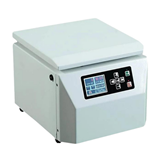



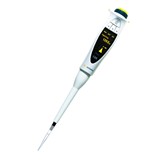

-160x160-state_article-rel-cat.png)
